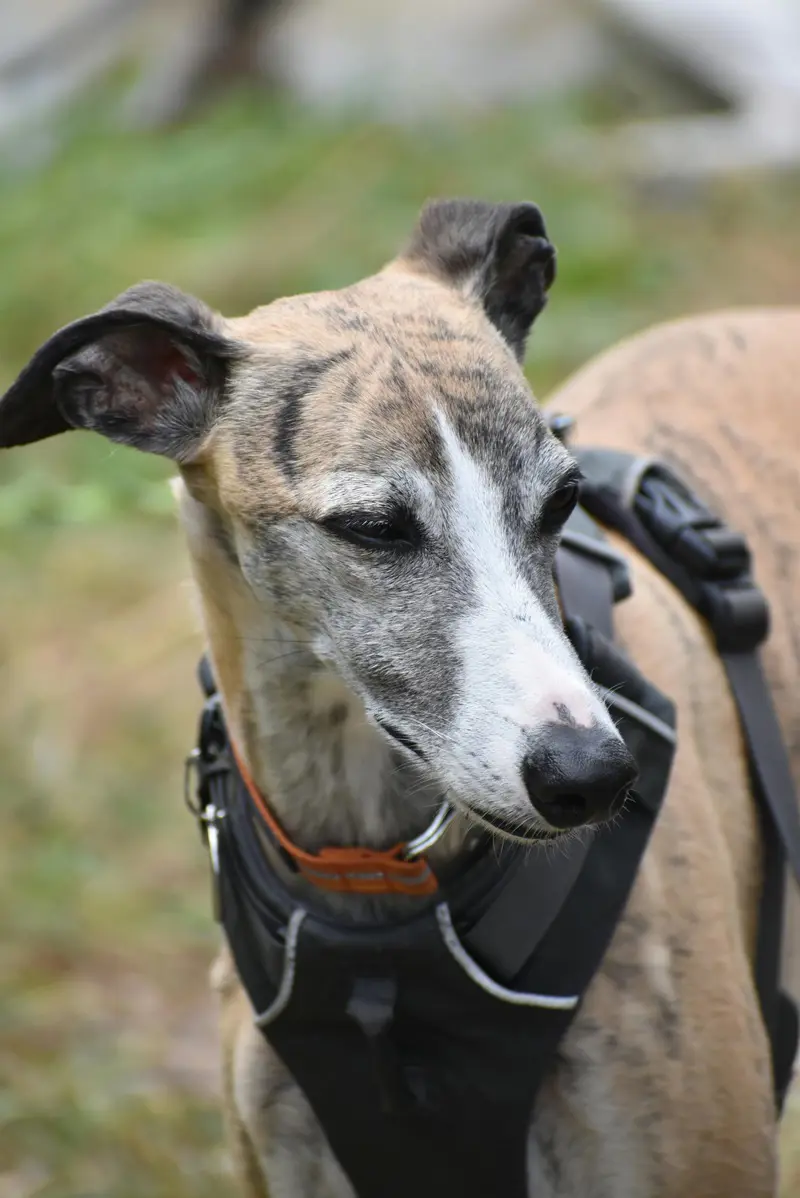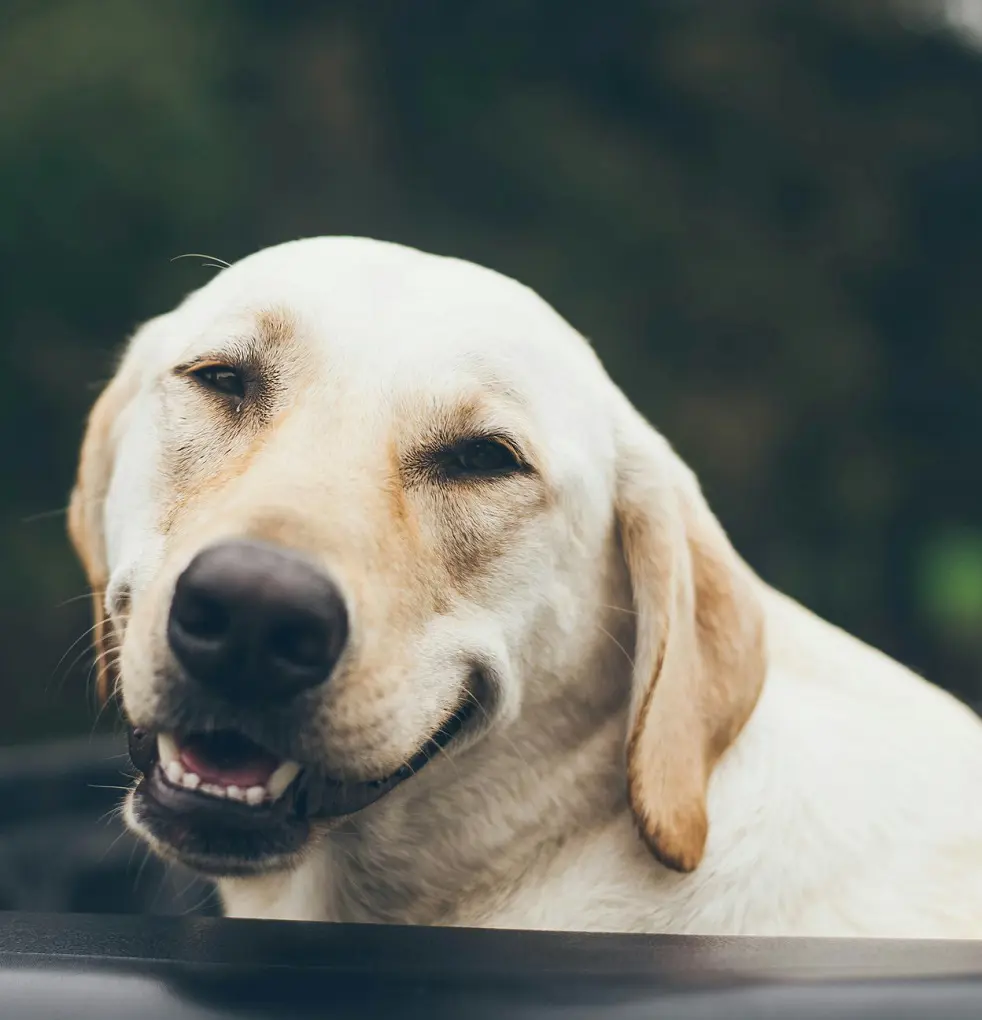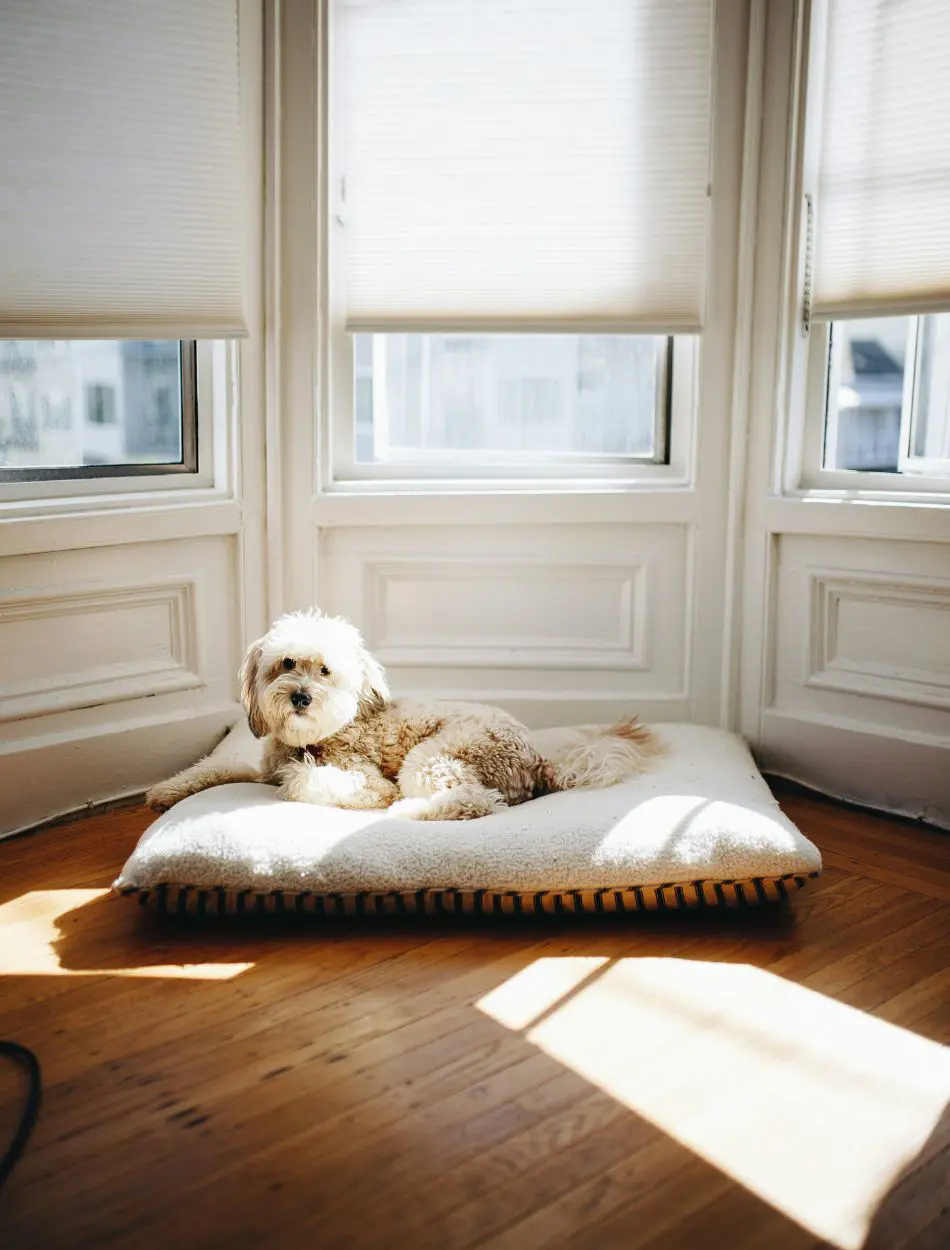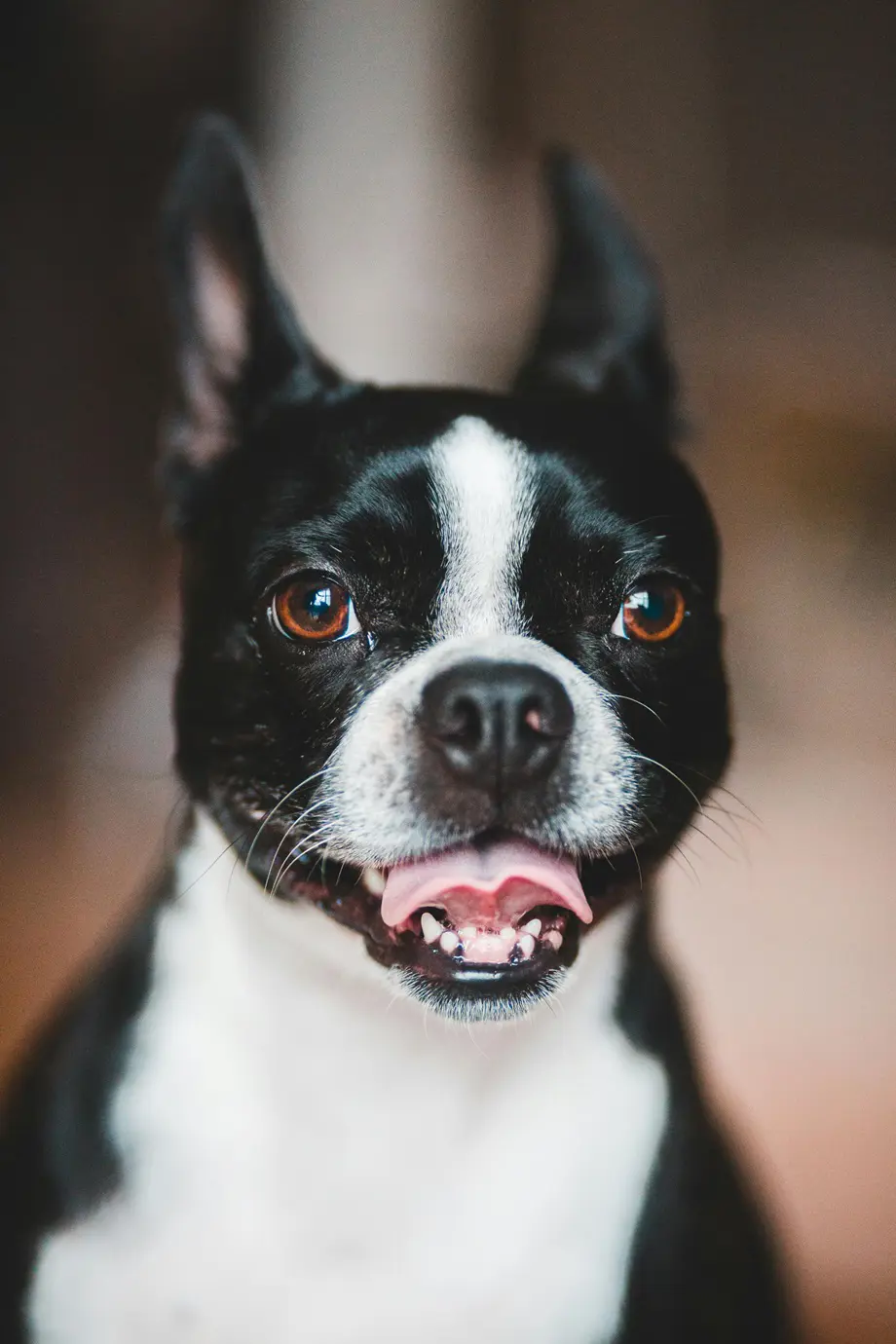How to Brush Your Dog Teeth?
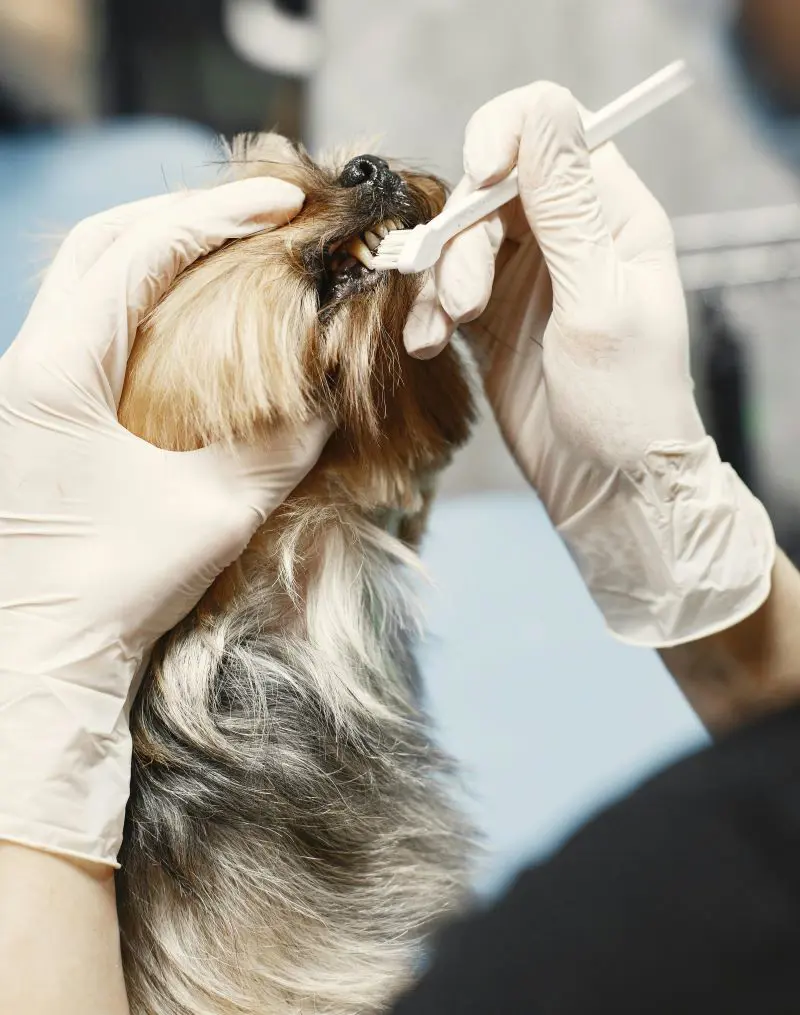
Brushing your dog's teeth might seem distressing, but it's crucial in their dental hygiene. Like humans, pets also need dental care as veterinarians recommend brushing your dog's teeth daily to prevent dental concerns.
Getting your dog on board with their daily brushing routine is tough and needs more time and practice. However, with the help of rewards like food and toys, they are likely to adopt routines and learn behaviors on time for brushing. Walk through the steps to get your dog smiling bright and healthy.
Why Brushing Your Dog's Teeth Matters
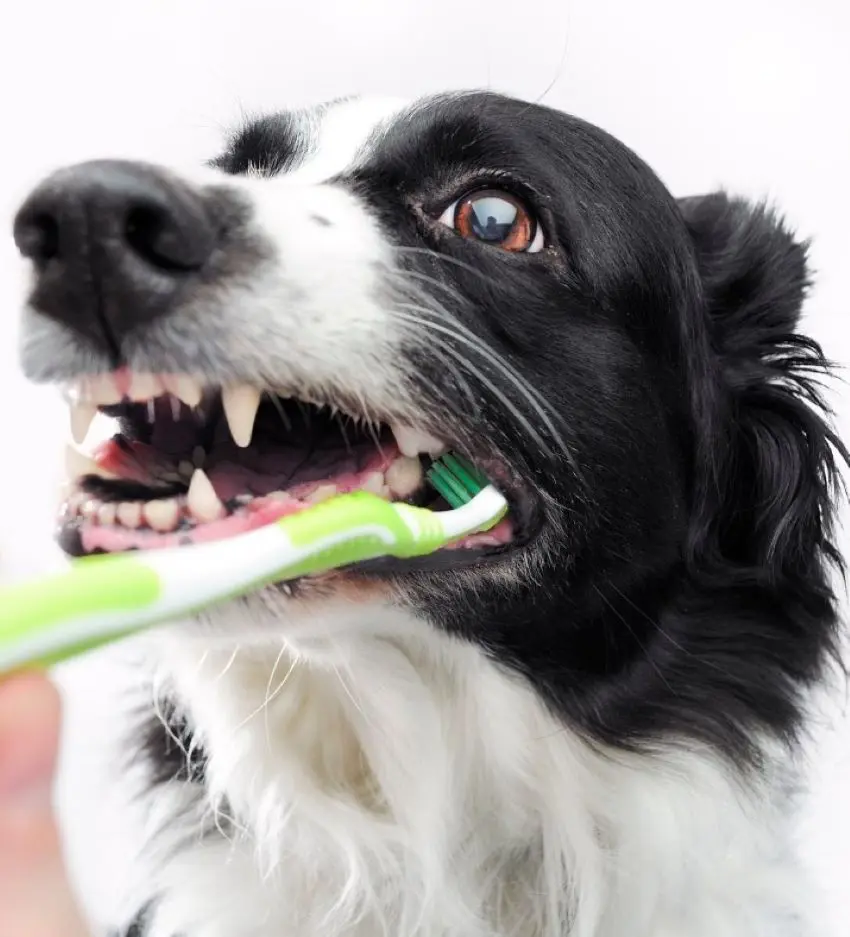
Dogs need regular dental care to avoid painful and costly problems. Brushing removes plaque, a sticky film harboring bacteria. If left unchecked, it hardens into tartar, which irritates gums and leads to gingivitis.
This can advance to periodontal disease, causing tooth loss and potentially allowing harmful bacteria into the bloodstream, affecting your dog's overall health. By brushing daily, you prevent plaque buildup, keeping your dog's breath fresh, gums healthy, and smile sparkling.
The Importance of Dog Dental Hygiene
As a pet parent, you want your dog to have healthy oral hygiene. Its significance goes far beyond just keeping your pup's breast fresh. Like humans, your canine friends are vulnerable to further dental problems if their teeth and gums aren't properly cared for. When the structure supporting a dog's teeth becomes infected, the teeth fall out. Good dental hygiene will help those tooth structures stay healthy, keeping them in place. When your dog has a healthy mouth, there won't be any harmful health issues.
Maintaining dental hygiene will help prevent oral discomfort while suffering from severe dental disease. Also, it helps to maintain organ damage and prevents bacteria from spreading into the bloodstream, making dogs sick. Good dog dental hygiene helps prevent dental disease from becoming severe and causing problems in the body. By taking the time to brush your dog's teeth regularly, you're not just freshening their breath, you're investing in their long-term health and happiness.
Risks of Dental Disease in Dogs
Beyond bad breath, plaque buildup hardens into tartar, irritating gums and causing gingivitis (inflamed gums). This painful condition can lead to tooth loss, affecting your dog's capacity to eat comfortably.
Bacteria from the infected mouth can enter the bloodstream, putting pressure on vital organs like the heart, liver, and kidneys. Early signs of dental disease include bad breath, red gums, and difficulty chewing. Dental disease can cause significant pain and discomfort for your dog. Painful teeth and difficulty chewing restrict your dog from eating, leading to weight loss and decreased energy levels.
Preparing Your Dog and Supplies
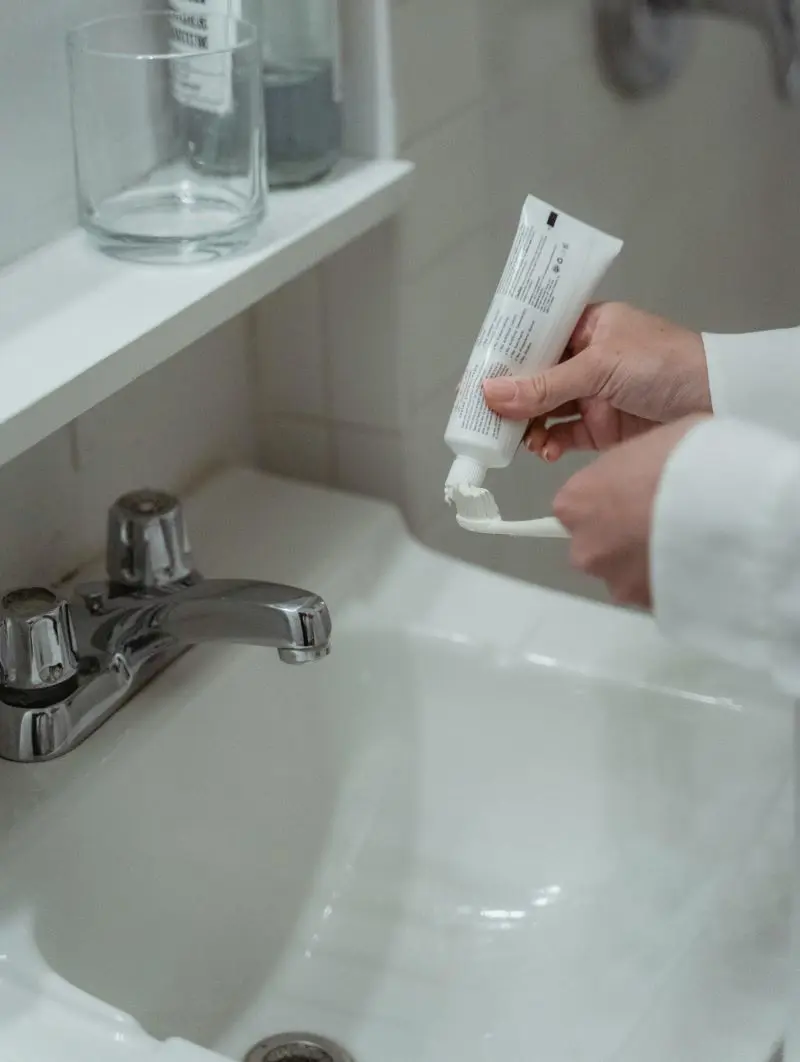
All you need is a soft bristle toothbrush to brush your dog's teeth. While the bristles of their toothbrush are no different than a human toothbrush, the design can make brushing your pup's teeth a little easier.
You don't necessarily need pet toothpaste to brush your dog's teeth. The most crucial part of toothbrushing is the removal of plaque, which can be accomplished using a toothbrush and water. Also, you should use pet-approved products that don't include any harmful ingredients to keep your pup's mouth healthy and safe.
Choosing The Right Toothbrush
Dog-specific toothbrushes come in many forms, from conventional-looking toothbrushes with extra-long handles to dental wipes and finger toothbrushes. They also come in chicken, beef, or peanut butter flavors that are more appealing to a dog including mint flavor.
Look for a soft-bristled brush that gently massages gums without being abrasive. Finger brushes are also a good option for introducing the process, while double-ended brushes allow you to reach all surfaces. Never use human toothpaste on your dog because it contains ingredients like fluoride, which can be toxic to dogs if swallowed.
Making Your Dog Comfortable With The Process
Introducing the teeth brushing process gradually is key. Let your dog sniff and lick the empty toothbrush first then gradually increase the amount of toothpaste and reward them with praise and treats.
Gently lift your dog's lips and rub the toothpaste on their outer teeth with your finger. Then gradually, work up to use the brush in short sessions, focusing on areas your dog tolerates best. Positive reinforcement is essential to making brushing a regular and stress-free experience for both of you.
Brushing Basics: A Step-by-Step Guide
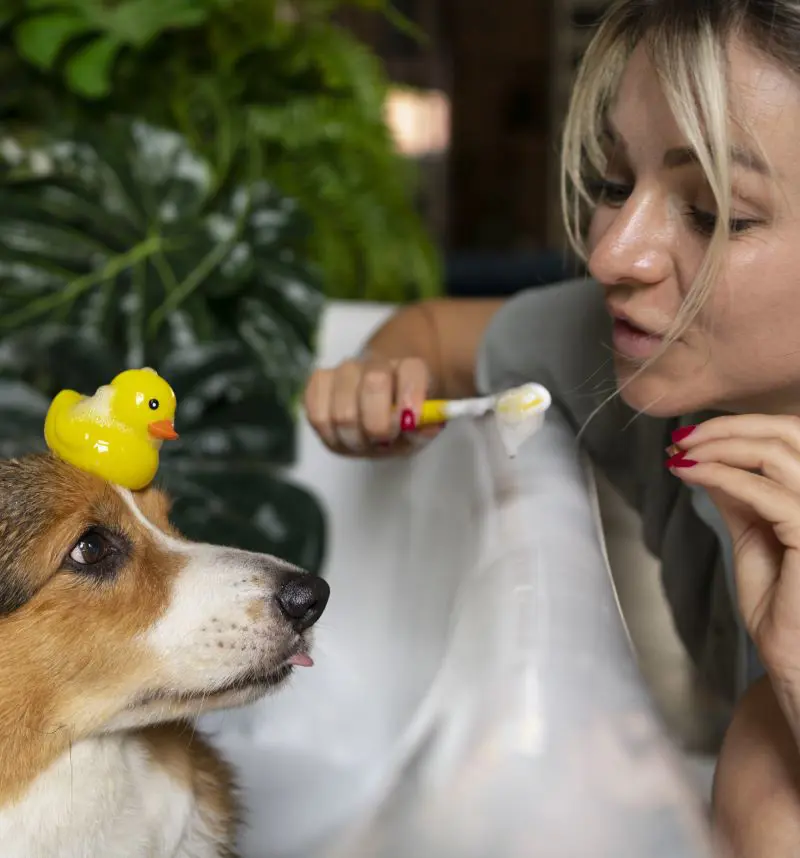
You should adapt your canine partner to teeth brushing, allowing them plenty of time to adjust to the process, with patience and positive reinforcement to have their teeth brushed.
Here is a step-by-step guide on how to brush your dog's teeth for their overall oral hygiene explained below:
1. Introduce Toothpaste
Once your furry friend is comfortable with having his mouth touched, introduce the toothpaste if you plan to use it and the toothbrush. Choose a dog-friendly toothpaste formulated for swallowing because human toothpaste is harmful.
Before the toothbrush, introduce them to toothpaste by putting some quantity on your finger and brushing their teeth. This allows them to get familiar with the taste and texture before the toothbrush arrives. Furthermore, human toothpaste contains fluoride, which is toxic to dogs, so stick to dog-specific formulas.
2. Introduce The Toothbrush
Introducing the toothbrush can be difficult for human companions because many dogs want to play or chew them. It may take longer than expected but, with patience make your pup get used to the toothbrush's bristles, which can feel awkward in their mouth at the beginning.
While introducing the toothbrush, touch it to your puppy's gums and teeth without using toothpaste or a brushing motion, and brush a couple of their teeth for a few seconds. If your pups tolerate this well slowly increase the time you spend brushing their teeth using a toothpaste and toothbrush together. Praise them with a treat if they remain calm.
3. Lifting Lips And Positioning The Brush
This might be the trickiest part, especially for first-timers. Softly lift your dog's lips to uncover their teeth and gums for effective cleaning. It might take patience and positive reinforcement, but you can offer treats or praise throughout the process.
Secure your dog comfortably, either sitting or standing. Some dogs might prefer leaning against your body for support. Then, use a soft-bristled toothbrush designed specifically for dogs. A finger brush can also be a good option for smaller dogs or those initially resistant to a traditional brush. Focus on a small section at a time for better control and comfort for your dog.
4. Begin Brushing Their Teeth
As your dog becomes more comfortable with the brushing, it is a sign that your pup is ready to have its teeth brushed regularly. After spending 5-10 seconds brushing, you can increase the time to about 30 seconds after they feel at ease.
Focus on the front and back teeth when they get used to the process since greater tartar tends to accumulate on molars and premolars. Never push your dog to accept toothbrushing too quickly, as they might form a negative relationship. If your pup seems anxious, stop the process and praise him for trying a treat. The main focus is to leave them with a positive impression so that they will work harder next time.
5. Brushing Techniques: Angles, Pressure, and Duration
The total brushing session should ideally last around 2 minutes. Hold the brush at a 45-degree angle against your dog's teeth, focusing on the gum line where plaque and tartar build-up.
Don't scrub harshly, as this can damage your dog's gums. Brush each section of the mouth for 20-30 seconds, ensuring you reach the back teeth.
6. Reward Your Dog Throughout The Process
Positive reinforcement is key to making teeth brushing a positive experience for your furry friend. You can offer them a handful of praise, petting, and verbal encouragement throughout the process.
Also, reward your dog with treats or their favorite toy after a successful brushing session. This will help them associate brushing with something enjoyable and encourage them to cooperate in the future in favor of treats and praise.
How Often Should You Brush Your Dog's Teeth?
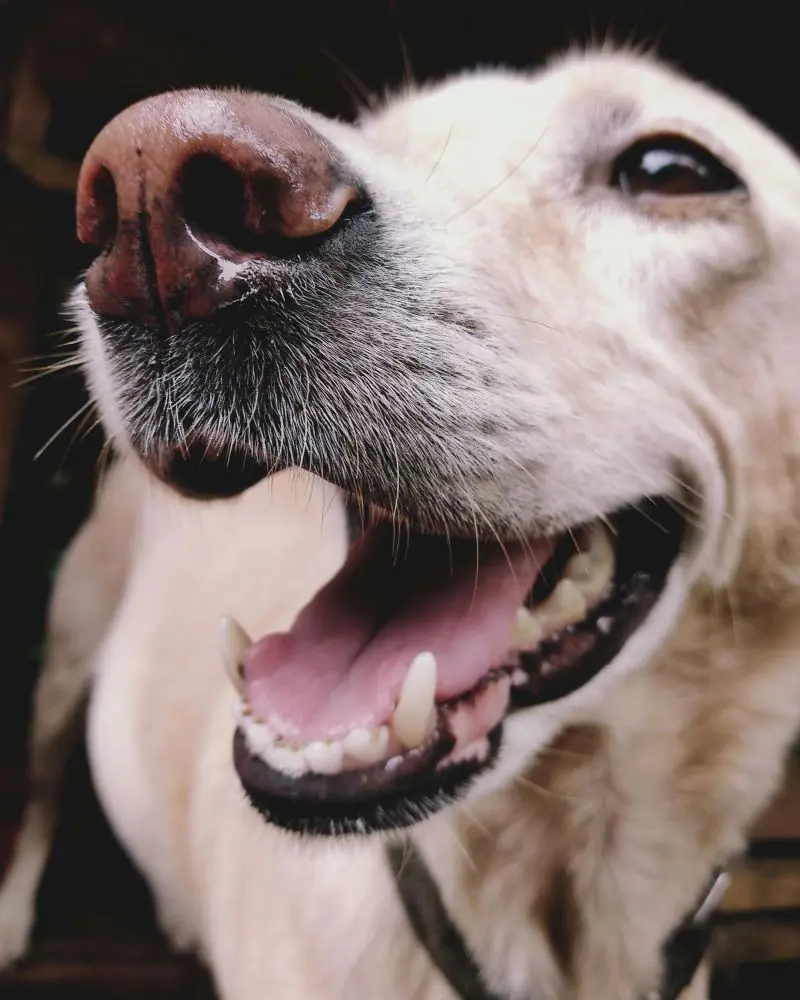
Brushing your dog's teeth ideally falls into a twice-daily routine, mirroring human dental care. This consistency is most effective in removing plaque and preventing tartar buildup. For busy pet parents, the recommended frequency is brushing at least two to three times a week.
Creating a routine or schedule, such as brushing their teeth after a meal or before a walk, can help you remain consistent. It is a simple one-minute activity, that can lead to a happier and healthier life for your furry friends. While it may seem tedious, brushing is one of the best ways to help your canine companion by preventing dental disease from causing significant pain.
Tips For Keeping Your Dog's Teeth Clean
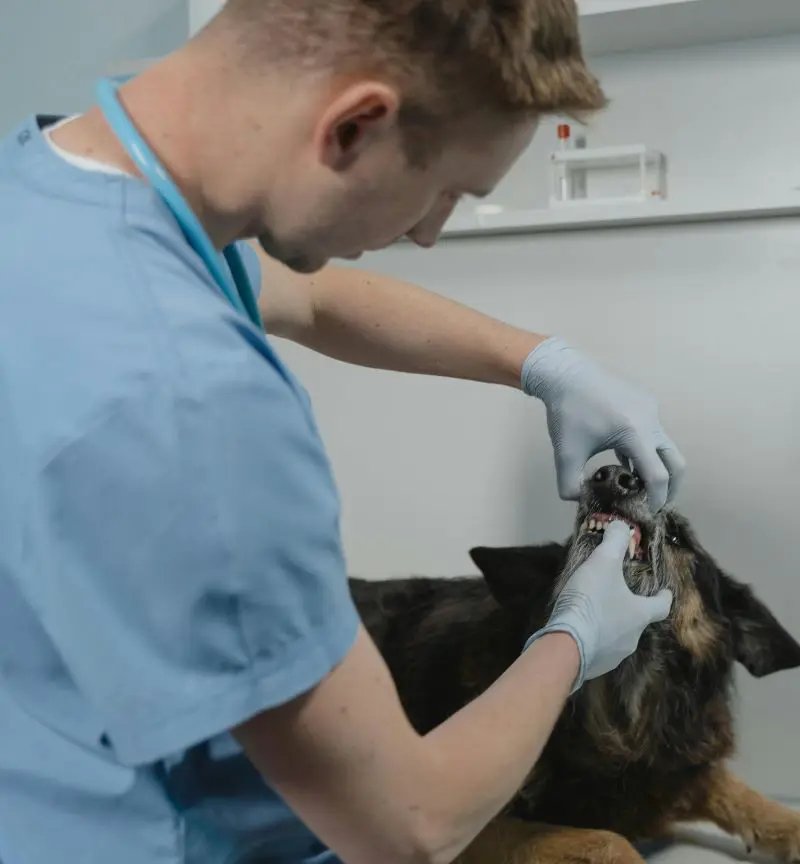
Puppies may have adorable breath, but dental hygiene is crucial for long-term health. Here are some additional pointers to ensure your dog's teeth-brushing experience is positive and effective:
Start Early
Puppies are naturally curious and more adaptable than adult dogs. Introducing teeth brushing, while young allows them to get used to having their mouth manipulated and the taste of toothpaste.
This further reduces anxiety and resistance later on after being habituated from a younger age.
Brush Regularly
Aim for twice-daily brushing sessions, just like humans. Consistency is key to maintaining good oral health.
Once your dog is adaptable with his teeth brushed, try to do it every day or as often. Brushing once a month or only when he goes to the groomer will do little for his oral hygiene
Make it Fun
Use playful techniques like incorporating brushing into playtime or using a flavored toothpaste your dog enjoys.
Reward or praise your furry friend for their treat once they get along with the process effectively.
Consider Approved Dental Products
If your dog hates the brush, explore finger brushes or dental chews designed for plaque control. You should use approved products such as dental diets, treats, and water additives, which help to prevent dental illness.
Schedule Check-Up
Regular dental check-ups with your veterinarian are crucial for professional cleaning and monitoring of your dog's oral health.
Avoid non-anesthetic dental cleanings, a primarily cosmetic procedure that can cause your pet pain and stress.
Keep Up With Regular Wellness Visits
Your veterinarian will evaluate your dog's oral health during his annual wellness visit and let you know if there are any negative signs regarding oral hygiene. Being updated about the dog's dental hygiene throughout their life can maintain their overall well-being, staying away from severe dental diseases.
Other Dog Dental Care Options
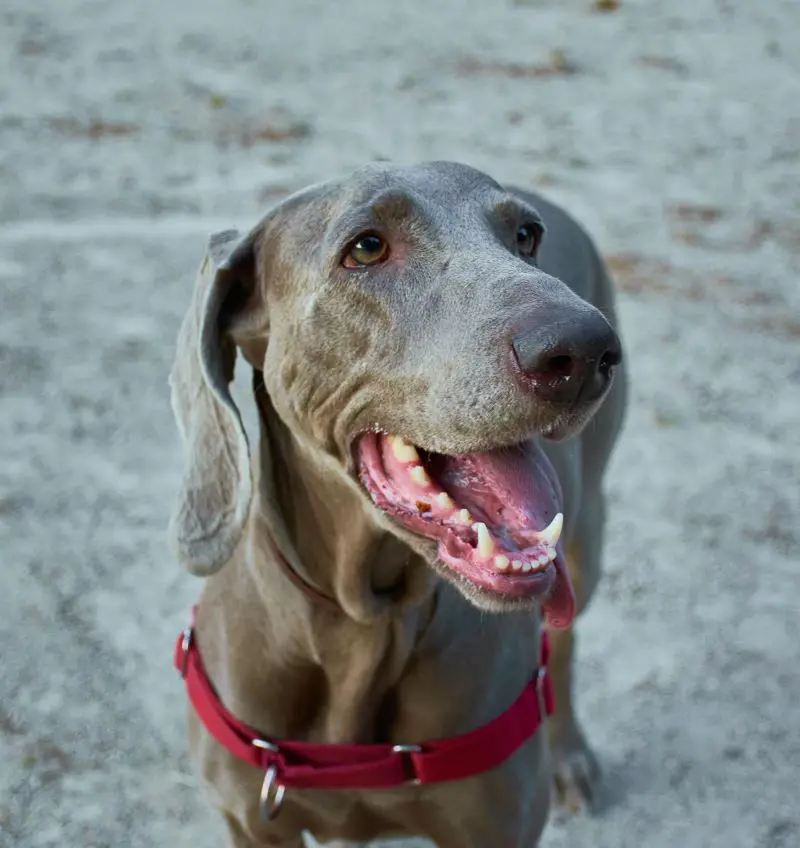
You should never get to the point where you fear being bitten by your canine partner while brushing. If your furry friend doesn't accept the process, focus on other home dental care options you can provide, like dental treats, chews, food, and water additives.
You can also consult professionals on the list of approved dog products for options to discuss with your veterinarian. VOHC-approved treats, chews, and kibbles are meant to reduce the accumulation of tartars and are higher in calories. However, if your dog tolerates tooth brushing, these should not be used as alternatives.
Professional Dental Cleanings
At-home care in your dog's mouth is part of effective preventive care, but it doesn't treat already rotten or diseased teeth. These severe issues require professional dental cleaning and treatment at your veterinary office.
The consistency of dental cleanings will based on your dog. Small smaller breeds will need annual professional dental cleanings to maintain their optimum oral hygiene. Also, the canine dental cleanings get below the gumline, and during cleaning, your vet can also assess the overall health of your dog's mouth, a crucial part of your dog's annual care.
Signs of Dental Problems In Dogs
It's essential to regularly check your dog's teeth and gums for any signs of dental problems. Bad breath is often the first noticeable sign of dental issues in dogs. It can indicate the presence of bacteria and plaque buildup in the mouth.
Also, the yellow or brown buildup on the teeth, especially near the gum line, is a sign of dental disease, leading to gum inflammation and infection. Dogs with dental issues may have trouble chewing and dropping food from their mouth while eating, leading to a decreased appetite. Adding to that, it can also cause teeth to become loose or fall out due to the weakening of the tooth structure.
Top Lists



